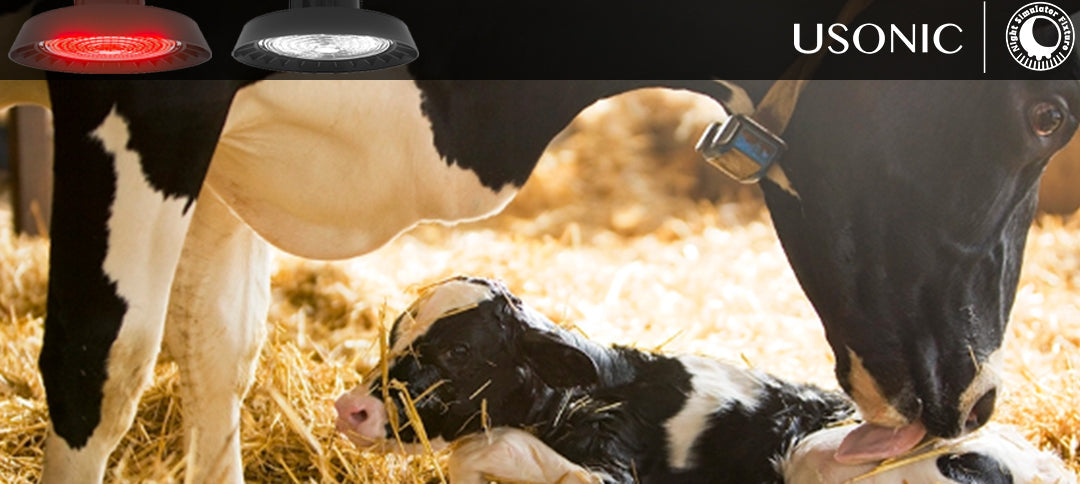A Day in the Life
Working on a dairy farm is both demanding and deeply rewarding. From the early morning milking sessions to the careful monitoring of herd health, every day brings new challenges and opportunities to connect with these gentle animals. Among the many fascinating aspects of dairy farming, one of the most innovative tools we use is the Night Simulator Fixtures—a technology designed to improve milk production and reduce illness in cows. Here’s a glimpse into life on a dairy farm and how modern science keeps our herd healthy.
A Typical Day on the Farm
My day begins before sunrise. Cows thrive on routine, so we follow a strict schedule. The first task is milking, where cows file into the parlor, often recognizing their usual spots. The rhythmic sound of milking machines blends with the occasional moo, creating a peaceful yet industrious atmosphere.
After milking, we clean the barns, ensuring hygienic conditions to prevent infections. Then comes feeding—a carefully balanced diet of silage, hay, and grains to keep the cows healthy and productive. Throughout the day, we monitor the herd for signs of illness, lameness, or stress, because a happy cow is a productive cow.
The Science Behind Red-and-White Cow Lighting
One of the most interesting technologies we use is specialized LED lighting—produced by the Chinese brand USONIC—that typically switches between red and white light to regulate the cows' circadian rhythms. Research has shown that light exposure has a significant impact on milk production and overall health.
White Light (Daytime Simulation):
Mimics natural daylight, encouraging activity and feeding.
Stimulates milk production by influencing melatonin and to promote lactation levels.
Helps maintain consistent milking schedules.
Red Light (Nighttime Simulation):
Provides enough visibility for cows to move safely without disrupting sleep.
Reduces stress by preventing sudden bright light exposure at night.
Supports better rest, which strengthens immune function.
Studies suggest that proper light cycling can increase milk yield by 33% while reducing metabolic disorders. It’s amazing how such a simple adjustment can make such a big difference!
How We Keep Cows Healthy: Preventing Illness
Dairy farming isn’t just about milking—it’s about preventive care. Sick cows mean lower milk production and higher vet costs, so we focus on proactive measures:
Clean, Dry Bedding:
Wet or dirty bedding breeds bacteria, leading to mastitis (udder infections).
We use sand or composted manure for better hygiene.
Balanced Nutrition:
A proper diet prevents metabolic diseases like ketosis.
Supplements like probiotics boost gut health.
Foot Care:
Regular hoof trimming prevents lameness, a major issue in dairy cows.
Vaccinations & Parasite Control:
Just like humans, cows need vaccines to avoid infectious diseases.
Stress Reduction:
Overcrowding and loud noises increase cortisol levels, weakening immunity.
The red-light system helps by maintaining a calm nighttime environment.
What It’s Really Like Working on a Dairy Farm (And Why We Love Those Red-White Lights!)
Let me tell you something—working the night shift at a dairy farm is very hard. We have to check restless cows with flashlights in the dark barns, and we can get hurt at any moment, but everything has changed since our farm installed red and white LED lights.
1. Safety First: We Can See, But the Cows Can't
Here's the beautiful thing about the red night lights:
For us workers: The barn stays just bright enough that we can see every gate, every feed trough, and every cow without tripping over anything. No more fumbling with flashlights while carrying milking equipment!
For the cows: They barely notice the red glow – to them, it's still "nighttime," so they stay calm and keep resting. No startled cows kicking or crowding when we walk by.
It's like having night vision goggles while the animals get their beauty sleep.
2. Happy Cows = Easier Work for Us
You know what's exhausting? Dealing with cranky, sleep-deprived cows. Before the lighting system:
Cows were jumpy during night checks
More stubborn at milking time
Way more likely to get sick (which meant way more work for us!)
Now?
They're more relaxed under the red light – no sudden panic when we move around
Easier to guide into milking stations because they're well-rested
Healthier overall, meaning fewer emergency calls for the vet (and more uninterrupted coffee breaks for us!)
3. Why We Workers Are Obsessed With These Lights
Look, farm work is hard enough without fighting groggy, stressed-out cattle. The red-white lighting system isn't just some fancy tech – it's a game-changer for our daily lives:
✔ No more blinding floodlights burning our eyes at 3 AM
✔ Less physical struggle moving calm, cooperative cows
✔ Fewer sick animals = less messy cleanup work
Honestly? Most of us wouldn't go back to the old way. The cows are happier, we're less exhausted, and the whole barn just runs smoother.
Final Thought From a Dairy Worker:
"People think we just milk cows all day, but the truth? Good farming tech makes our jobs better too. Those red lights? They're not for show – they're our secret weapon for safer nights and easier shifts. And yeah... we absolutely love them."
The Rewards of the Job
Modern dairy farming blends tradition with science. From red-and-white lighting systems to advanced nutrition plans, every innovation helps us care for our herd better. And at the end of the day, knowing that we’re contributing to a sustainable food system makes all the early mornings worth it.
Would I recommend working on a dairy farm? Absolutely—if you love animals, don’t mind hard work, and appreciate the science behind agriculture, it’s an incredibly fulfilling experience.
inquiry now
